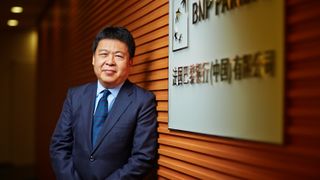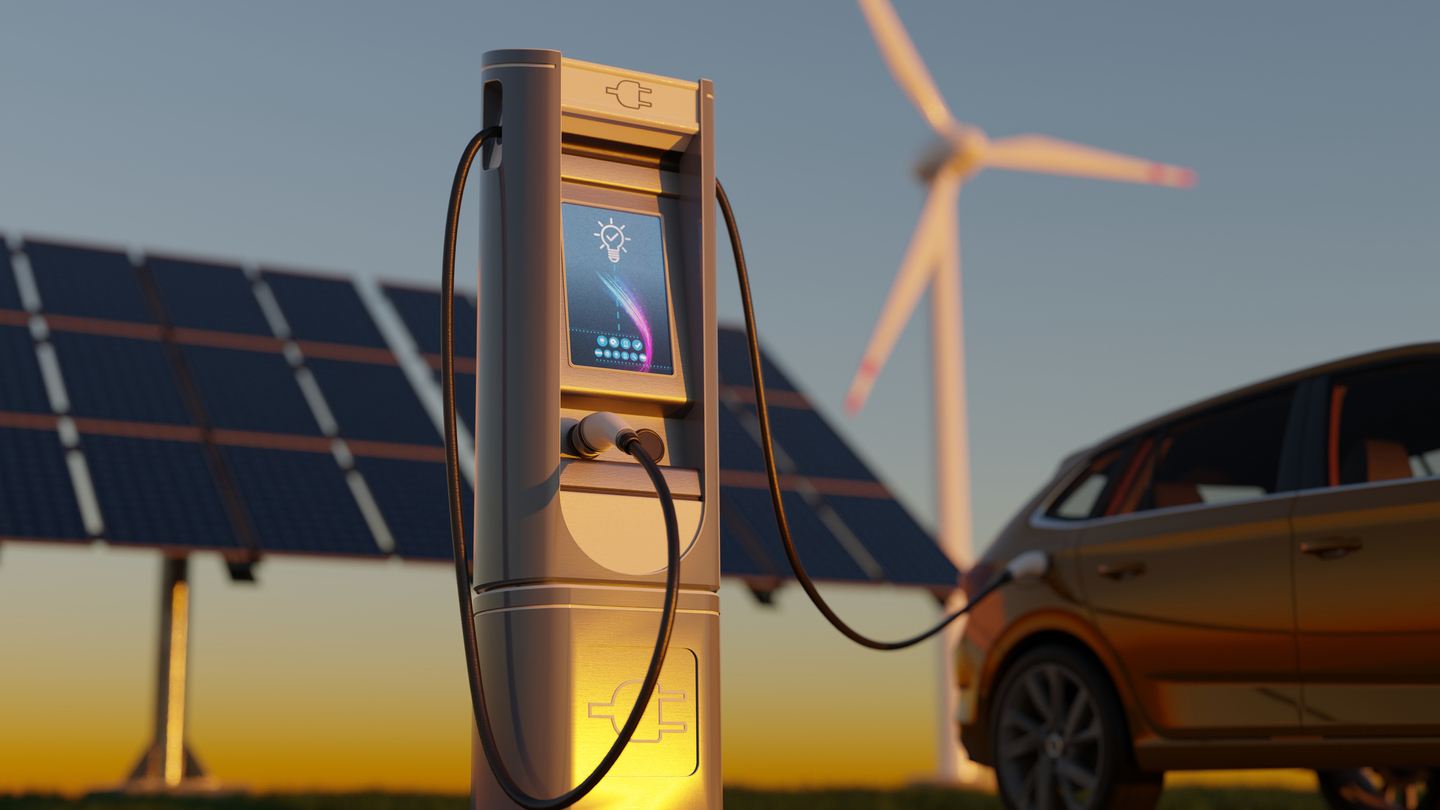
The road ahead for sustainable finance and investing in Asia

Globally, there has been notable growth over the last few years in capital allocation towards sustainable development. Asia Pacific has emerged as a hot spot, leading the world in energy transition efforts and electric vehicle (EV) sales.
At an earlier BNP Paribas ESG briefing in Singapore for issuers and investors, Chaoni Huang, head of sustainable capital markets Asia Pacific spoke on global trends and opportunities in APAC sustainable finance and said, “The mega trends are very clear: we see action towards supporting energy transition, the EV roll out in our transportation system, as well as an increased focus on biodiversity.”
“This will translate into capital market activities, because all these mega trends require trillions of dollars in funding,” Huang added.
China leads the way in renewable energy transition
Leading in APAC, China is closing the gap on Europe which has traditionally been a leader in renewable energy adoption. According to global databases, more EVs are sold in China than in any other country, and it has the highest solar and wind energy installed capacity.
Figures from the International Renewable Energy Agency and Global Wind Energy Council reveal that in 2022, China accounted for 46% of the 192 gigawatts (GW) of solar capacity and 49% of 78 GW of wind capacity installed globally. Trevor Allen, head of sustainability research at Markets 360, BNP Paribas highlighted the ambition of President Xi to install 600 gigawatts each of solar and onshore wind generation capacity by 2030. These targets are likely to be achieved in 2027 and 2028 respectively, ahead of schedule.
Accelerating energy transition is an imperative for Europe and APAC as the two regions lack the cheap natural gas option in offering electricity security that some enjoy, such as the US. Allen observed, “Europe needs to transition because of high gas prices. However, China is transitioning because of the sheer demand they have internally, and the high emissions that they have from coal.”
The EV growth story in China
Allen noted that global sales of battery electric vehicles (BEV) have outpaced plug-in hybrid electric vehicles (PHEV) in China, with the sales curve steepening significantly since 2020 as sales in China doubled in each of the past three years.
In 2022, total EV sales rose 55% to 10.5 million units, of which BEVs accounted for 73%, according to the EV-Volumes database. EV sales in China now dwarf those of the EU and the US, and the country is now the largest EV market accounting for 59% of global sales in 2022, and the largest EV producer with 64% of production volume, according to the database.
“China leading in this trajectory is incredibly important, because we basically have seen a doubling from 2020 to 2021, and a doubling again from 2021 to 2022,” Allen said.
He noted that the growth of EV continued despite the recent withdrawal in state subsidies. Citing figures from China Association of Automobile Manufacturers (CAAM), he said that the EV sales were up 35% year-on-year since the elimination of subsidies. China was also processing over 80% of components for EV batteries, even as it consumed just over 50%. This market dominance is similar to China’s standing in the solar panel market, where the International Energy Agency estimates that the country has an 80% share.
Harnessing biodiversity in Southeast Asia
Another megatrend that has emerged is biodiversity, in support of the United Nations Sustainable Development Goal 15 to “protect, restore and promote sustainable use of terrestrial ecosystems, sustainably manage forests, combat desertification, and halt and reverse land degradation and halt biodiversity loss”.
In Southeast Asia, US$ 2.2 trillion of GDP is dependent on biodiversity, making its preservation a priority. Indonesia and Malaysia, in particular, rely on biodiversity for farming, tourism, and other natural resources. According to BNP Paribas estimates, US$46 billion worth of biodiversity financial investments will be needed by 2030 to monetise offsets to continue accessing this opportunity1.
Trends and outlook on the issuance of green bonds
Asia is poised to be the second largest issuer of green bonds this year after Europe, with China taking the lead among markets in the region, according to Allen.
“We are forecasting US$600 billion of green bond issuance this year, of which roughly half will be from Europe, with China in second place. We're expecting US$115 billion to US$125 billion of green bond issuance from China, a lot of which will be in the domestic currency”, he said.
Indeed, with a steady US$60 billion monthly volume so far, according to Bloomberg data, overall global green bond issuance is on track to meet BNP Paribas’ US$600 billion forecast for 2023, leading to optimism when it comes to the future of the region. “In Asia, we have a rosy outlook for the longer term even though we are in a very high-rate volatile environment. We're seeing very positive signs in terms of development,” said Huang.
In the first half of this year, China has led the region, accounting for 38% of APAC’s ESG bond issuances, followed by South Korea at 20% and Japan at 17%. Green bonds remained the most popular instrument of choice for APAC issuers, accounting for two-thirds of total issuance volume, followed up social bonds, contributing just over 20% of total supply.
“We continue to see innovative structures and noteworthy transactions coming out of the region. We also see more corporate issuers coming to the market where financial institutions have dominated,” Huang added.
To know more, please read Electric Vehicles: the future of mobility in APAC
1 Deutz et al. (2020), Academy of Sciences Malaysia, BNP Paribas


